As a result of a chance meeting two years ago with Carolyn Ricci at the State Herbarium of South Australia in the Adelaide Botanic Gardens, I was introduced to the world of algae. This was one of those fortuitous occasions when meeting someone so impassioned by her subject had an equal reaction on myself. For the last two years I have developed a fascination for algae and seaweed in particular.
I suspect as an artist I approach the subject matter from a different viewpoint than the majority of scientists. My focus is form, composition, the internal structure and the colours of the plants. At all microscopic levels seaweed proves to be fascinating. Carolyn had mentioned in passing that if I found seaweed interesting on a one to one scale then I really needed to see it closer under the microscope and she was entirely correct.
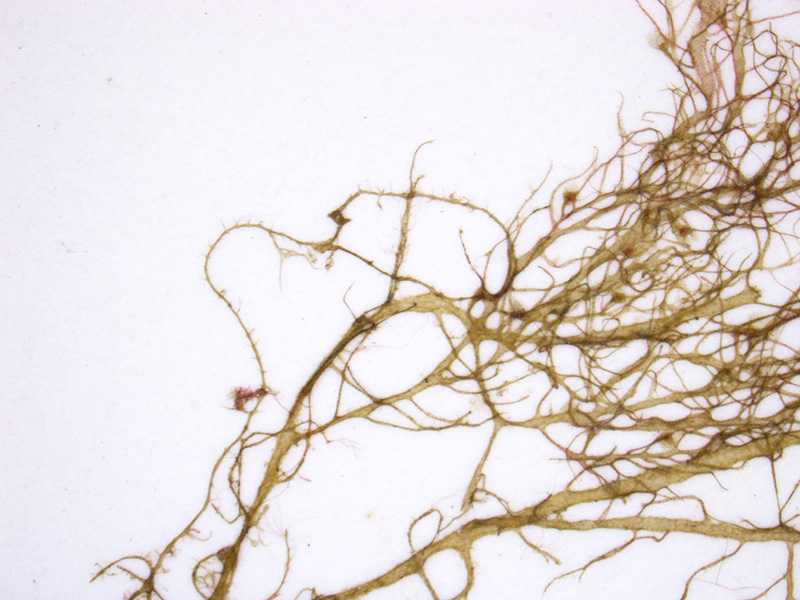
Close-up of the red alga Bonnemaisonia. Photo: Lilian Cooper from material stored at the State Herbarium.
Creatively it was one of the most productive days, I felt like I merely dipped into the subject matter and there is so much I would like to learn and explore. The more I see the more I look forward to further study. It was a privilege to have the laboratory time, the opportunity to use the microscopes and to see and handle some of the extraordinary plant specimens in the collection.
Presently I work as the visiting artist to Hortus Botanicus Leiden in the Netherlands. I am researching a project on the life and death of trees, this involves me working with researchers from various institutes on the latest tree diseases as well as creating portraits of individual trees. The work is collated in a contemporary xylotheque, reflecting an original xylotheque created by Friedrich Alexander von Schlümbach of Nuremberg in 1790 especially for the university of Leiden. It was commissioned by Louis Napoleon and presented in 1809 as the very latest scientific knowledge (click here and here to see some examples of the parts and contents of a “wooden book”). I am working in turn with contemporary scientific research to create a project that reflects the artistic qualities of our latest technology. My work creates a bridge between the work of specialists in their field and the general public. I aim to make it more accessible appealing to the aesthetic.
The opportunity I have had to spend time in Adelaide has been a privilege. I want to develop the algae project into a substantial body of work exploring the beauty and internal form of the plants. Learning about the herbarium collection has been like entering a box of delights that continually opens to show more and more aspects of plants that I either did not know or had never seen in that way before. I want to heartily thank the Herbarium for letting me visit, for guiding me through the collection and for their warm welcome.
Contributed by Lilian Cooper (www.liliancooper.com).


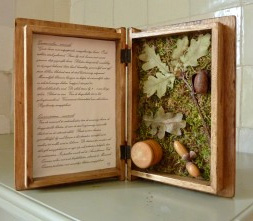
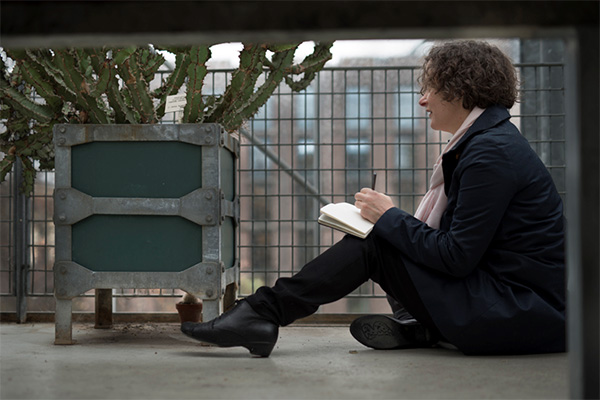
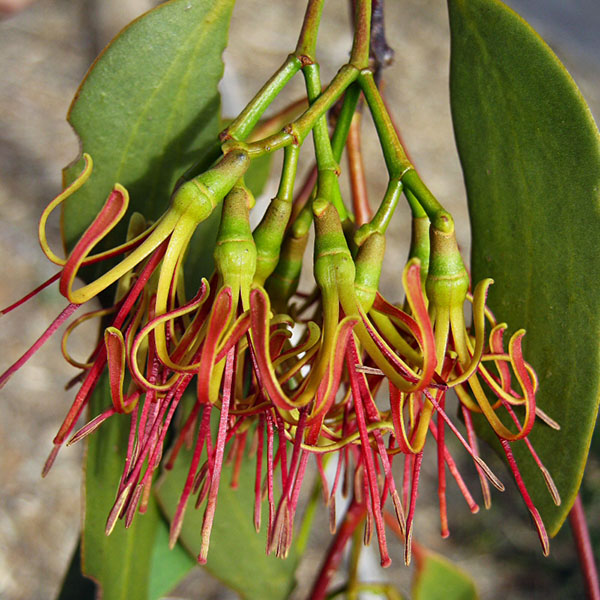
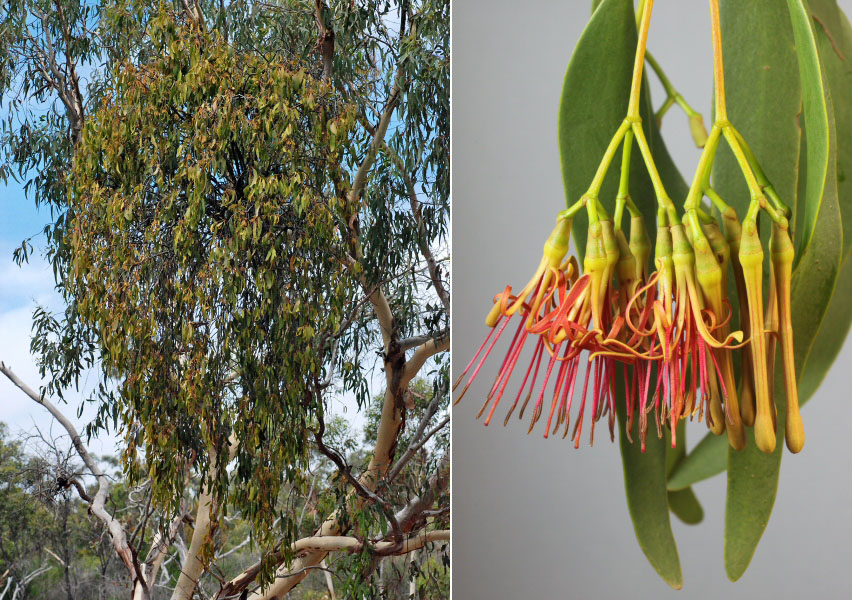
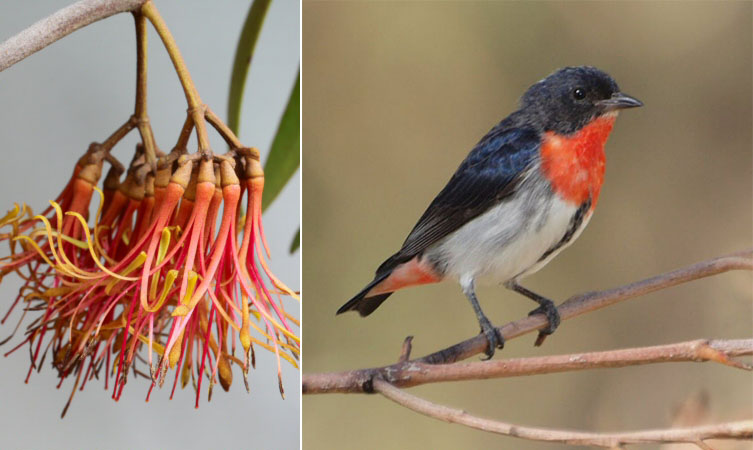


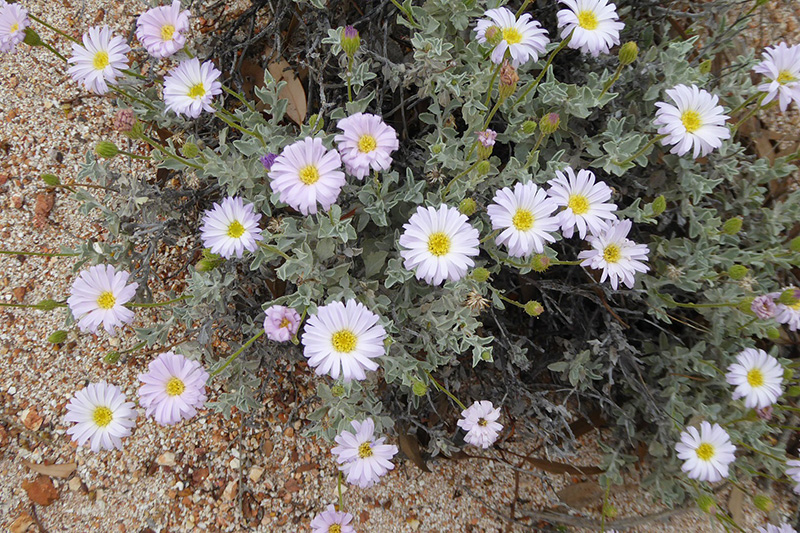
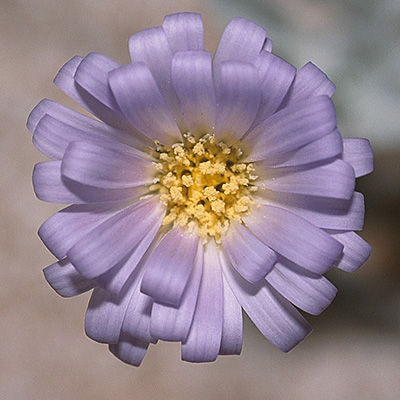
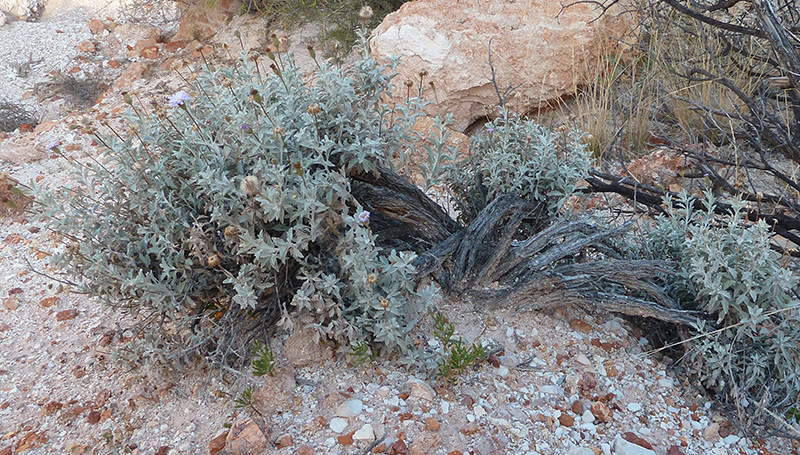

You must be logged in to post a comment.